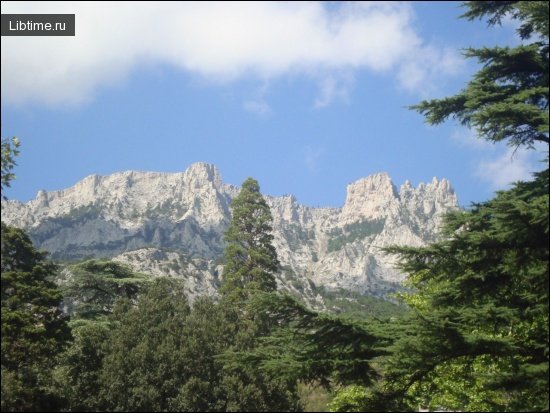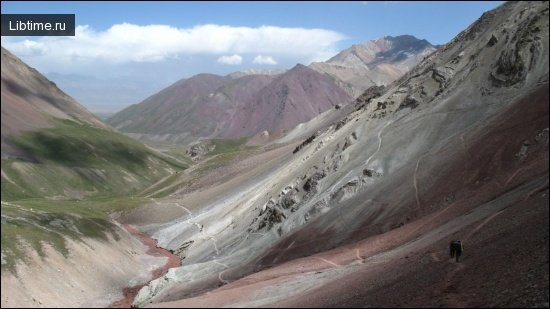Cave sites
Karst caves on the territory of the former Soviet Union are distributed extremely unevenly.
Cave sites are most widely developed in mountainous areas characterized by high tectonic activity, large thickness and significant fracturing of rocks, deep dissection of the surface, which creates favorable conditions for intensive development of karst processes. 
This determines the formation of underground cavities, sometimes reaching significant sizes. Speleological zoning of places of the former Soviet Union is a difficult and largely new task.
Extensive speleological research that has been carried out in recent years has allowed to accumulate a large amount of factual material on the peculiarities of karst caves distribution, their morphological structure and phases of development.
This was the basis for the identification of speleological regions, as well as the establishment of regular relationships between morphostructural and bioclimatic factors of karst formation and the peculiarities of cave distribution. However, poor development of the issues of zoning criteria and features of taxonomic units of different ranks makes it difficult to draw up maps of speleological zoning.
The issues of cave zoning were considered in the works of G.A. Maksimovich, N.A. Gvozdetsky, V.N. Dublyansky, B.N. Ivanov, D.A. Lilienberg, L.I. Maruagavili, A.G. Chikishev and other researchers. However, the scheme of cave zoning in the USSR has not yet been developed.
Speleological zoning is one of the types of special complex karstological zoning. Its specificity is the local development of underground karst cavities, which is associated with the discontinuous distribution of karst formations.
The task of cave zoning includes the identification of objectively existing speleological regions of different size and complexity, as well as the establishment of their natural boundaries. The basis of zoning should be morphostructural factors, because the character of cave distribution is determined, first of all, by geological and tectonic features of the territory.
Bioclimatic conditions seem to be superimposed on the lithomorphic base, determining the peculiarity of underground karst forms, intensity and direction of karst processes. Based on this principle, allocate within the former Soviet Union 12 speleological countries, 27 speleological areas and 39 speleological provinces.
At more detailed zoning can be allocated speleological districts and districts.


